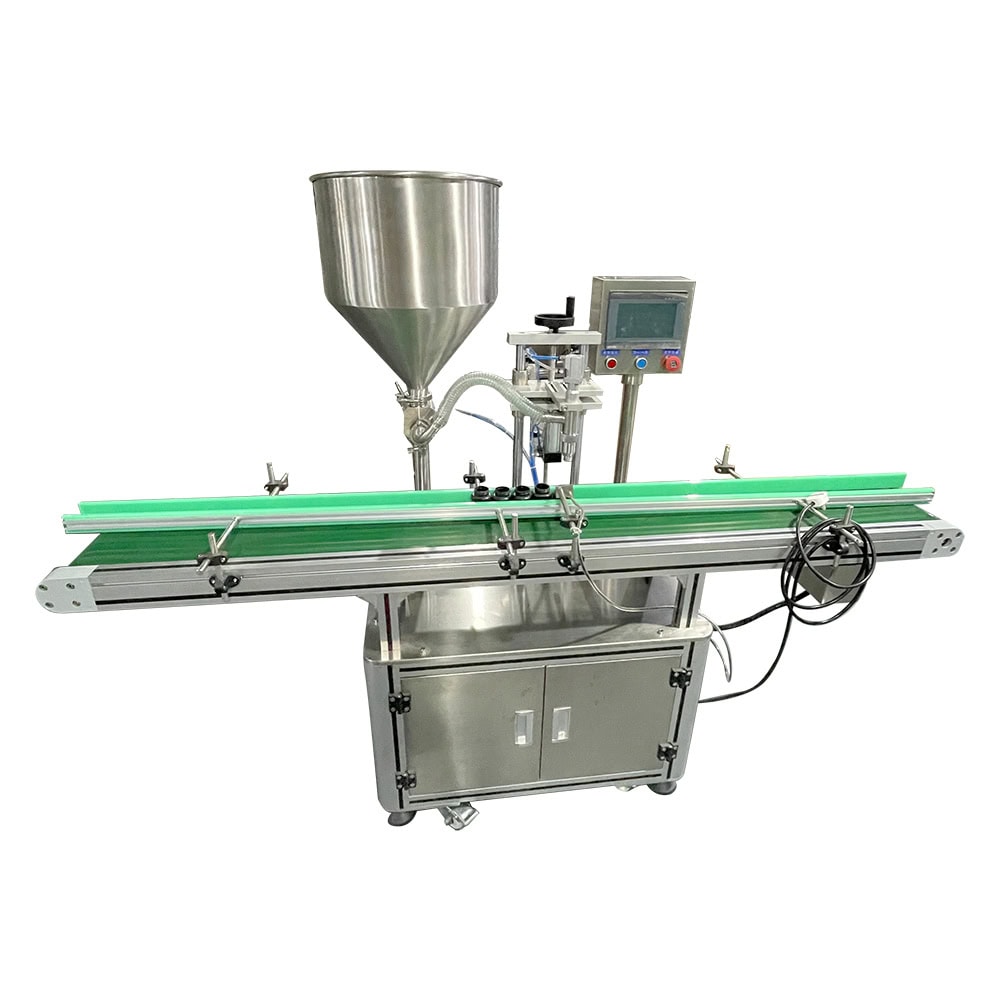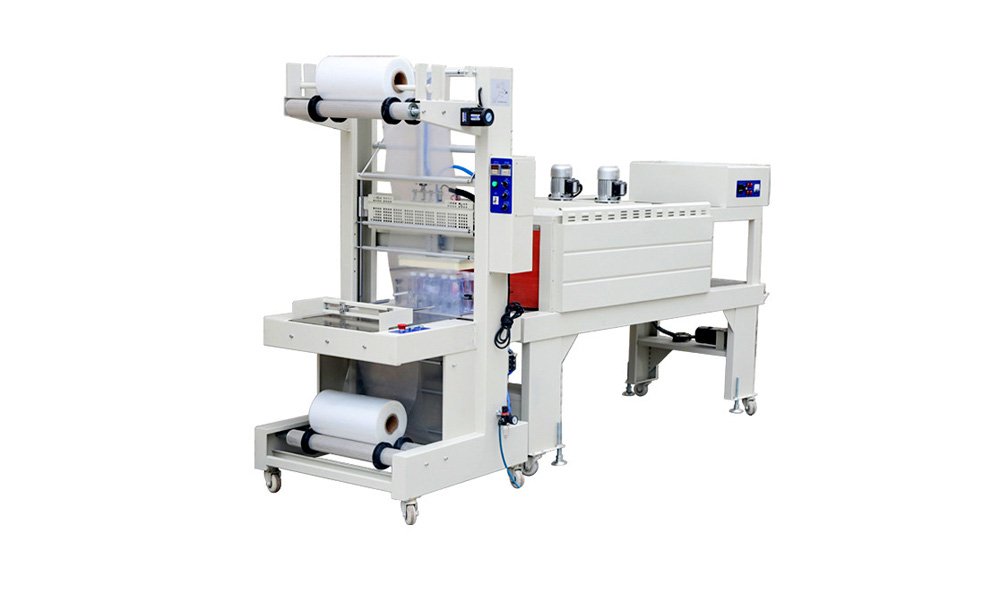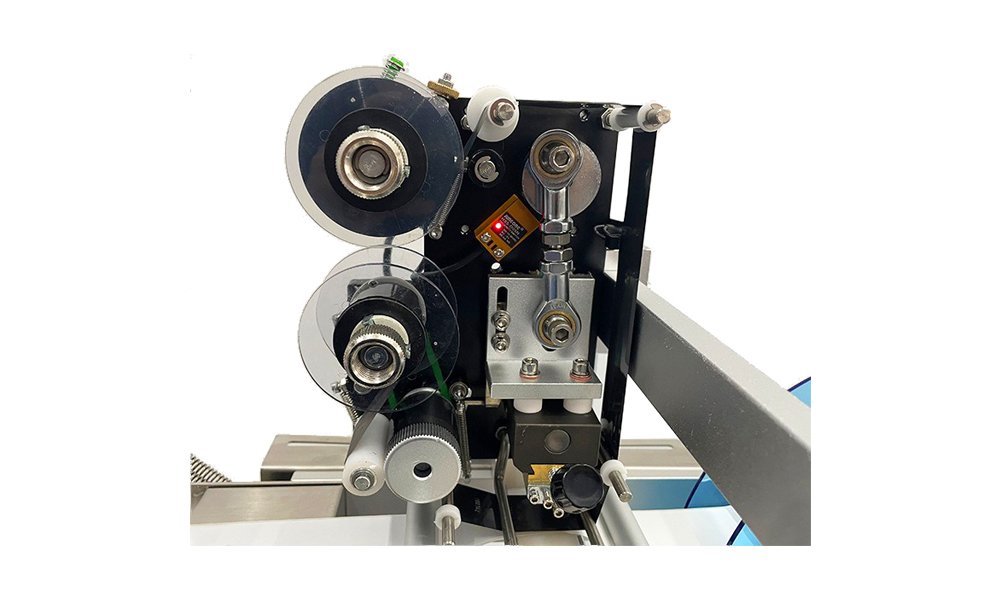Lots of industries have trouble with different types of liquids. If you can’t fill accurately, it can lead to costly mistakes and reduced productivity. A good liquid filling machine will fix this problem. It will be able to handle all different types of liquids and fill them accurately.
Yes, it can fill all different types of liquids. It can fill water, oil, syrup, and even thicker stuff. With the right technology, you can fill different viscosities using different nozzles, pumps and control systems.
Now, let’s talk about how these machines handle different liquids.

The Principle of a Liquid Filling Machine
Liquid filling machines operate on one of three main principles: gravity, volumetric, or piston-based filling. Gravity filling uses the force of gravity to transfer low-viscosity liquids, making it ideal for products like water, juices, and other similar fluids.
For thicker or more viscous liquids, volumetric and piston fillers are employed. Volumetric fillers ensure a precise amount of liquid is dispensed into containers, regardless of the liquid’s consistency, while piston fillers handle high-viscosity substances like creams or gels by using mechanical pressure.
Types of Liquid Filling Machines
There are several types of liquid filling machines designed for different types of liquids. Each has its specific advantages:
Gravity Fillers
These machines work best with thin liquids like water or juice. The liquid flows freely into the container due to gravity, making this a cost-effective and simple solution for high-speed filling operations.
Piston Fillers
Piston fillers use a piston to draw the liquid into a chamber and then inject it into the container. This method is particularly effective for high-viscosity liquids like sauces, syrups, and creams.
Pump Fillers
Pump fillers are versatile, allowing for both thin and thick liquids to be processed. They work by adjusting the pump mechanism based on the product’s viscosity, making them a flexible option for industries handling multiple liquid types.
Overflow Fillers
Overflow fillers are used to fill containers to a consistent level, making them ideal for clear liquids like beverages. They ensure uniformity, which is critical in industries like cosmetics and food production where the appearance of the filled product matters.
Automatic vs. Semi-Automatic Liquid Filling Machines
Liquid filling machines can either be automatic or semi-automatic. Automatic machines are more suited for large-scale operations as they offer high-speed, precision filling without constant manual intervention. These machines are perfect for businesses that require high throughput.
On the other hand, semi-automatic liquid filling machines are ideal for small to medium-sized operations. They require more manual input but provide flexibility and are more cost-effective for businesses with lower production volumes.
Viscosity Considerations
Viscosity plays a crucial role in determining which liquid filling machine to use. Low-viscosity liquids like water can easily be filled using gravity-based machines. However, high-viscosity liquids like honey, shampoo, or certain oils require piston or pump fillers that can apply more force to move the liquid into containers.
The Role of Pumps in Liquid Filling Machines
The type of pump used in a liquid filling machine is critical when handling viscous liquids. Several types of pumps are used depending on the liquid’s characteristics:
- Gear Pumps: These are ideal for handling low to medium viscosity liquids and ensure smooth operation with adjustable speed controls.
- Peristaltic Pumps: Often used for sensitive or high-viscosity liquids, peristaltic pumps ensure the liquid is not contaminated, as the fluid only contacts the tubing.
- Diaphragm Pumps: These pumps work well with thicker liquids like creams and oils, providing precise filling for high-viscosity products.
Applications of Liquid Filling Machines in Industries
Liquid filling machines are used in a wide range of industries due to their versatility. Some notable applications include:
- Food and Beverage: Filling juices, sauces, oils, and syrups into bottles or pouches.
- Pharmaceutical: Used to fill medications, chemicals, and disinfectants into precise containers.
- Cosmetics: Filling creams, lotions, and gels into jars, tubes, or bottles.
Each of these industries requires specific configurations to handle different liquids efficiently.
Adapting to Different Container Sizes and Shapes
Liquid filling machines are highly customizable to handle different container sizes and shapes. Whether the containers are bottles, jars, tubes, or cans, modern liquid filling machines can be adjusted to ensure accurate filling levels. This adaptability ensures that production lines remain efficient, even when switching between various container formats.
Cleaning and Maintenance of Liquid Filling Machines
Regular cleaning and maintenance are essential for liquid filling machines, especially when switching between different liquids. Easy-to-clean components and quick disassembly options allow for effective cleaning without causing long production downtimes. This ensures that cross-contamination is avoided and machine longevity is maintained.
Efficiency and Speed in Production
Automatic liquid filling machines are designed to work at high speeds, filling thousands of units per hour. Their programmable settings allow them to adapt quickly to different liquid types and container formats, ensuring that production downtime is minimized, and efficiency is maximized.
Choosing the Right Liquid Filling Machine for Your Business
When selecting a liquid filling machine, it is crucial to consider the type of liquid you’re handling, the size and shape of your containers, and your required production volume. Many liquid filling machines are highly customizable, offering solutions that can be tailored to the specific needs of your business, ensuring high precision and reliability.
Conclusion
Liquid filling machines are equipped to handle various liquids, from water to thick creams, by using appropriate filling methods, nozzles, and pumps, making them an essential tool for many industries.









